
A 27-year-old man suffering from severe osteoporosis, typical of a 70-year-old, is attributed to four detrimental habits.
A 27-year-old man suffering from severe osteoporosis, typical of a 70-year-old, is attributed to four detrimental habits. Many young people frequently engage in two of these.
A man experienced back pain for over a year, only to discover he had severe osteoporosis upon examination. His condition was even worse than that of a 70-year-old.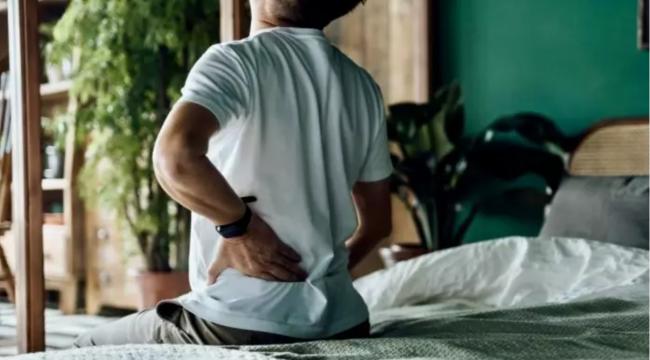
According to Chinese media reports, a 27-year-old man from Chongqing, China, who was visibly thin, suffered from frequent and severe lower back pain for over a year. The most common symptom he experienced was distinct pain in his spine, both sides of the spinous processes, and the half-vertebrae of his lumbar spine. He subsequently sought treatment at Yubei District People's Hospital in Chongqing.
Dr. Tu Lingling, who examined him, found his situation unusual and arranged for a bone density scan. It revealed that his bone density had reached the level of severe osteoporosis, even worse than that of a 70-year-old. Even the doctors were surprised, as severe osteoporosis is rarely seen in a 27-year-old man.
Upon further investigation, the doctor discovered that the severe osteoporosis in this young man was due to four of his daily habits: (1) frequent smoking, sometimes 1-2 packs a day; (2) excessive consumption of carbonated drinks; (3) frequent late nights; and (4) lack of exercise.
Dr. Tu stated that many people believe osteoporosis is a disease exclusively for middle-aged and elderly individuals, but in reality, young people with poor lifestyle habits, like this patient, can also develop osteoporosis.
Understanding Osteoporosis
According to the World Health Organization (WHO), osteoporosis is a condition where bone density decreases and bone structure weakens, increasing the risk of fractures even from minor trauma. In Vietnam, an estimated 2.5 million people suffer from osteoporosis, primarily postmenopausal women and the elderly, according to 2022 data from the Ho Chi Minh City Osteoporosis Association.
Recognizing the Silent Signs of Osteoporosis
Osteoporosis can silently develop for years before causing consequences. Early recognition of signs, regular screenings, and proper nutritional supplementation can help mitigate the risk. Don't wait until a fracture occurs to realize it's too late for prevention. If you frequently experience the following signs, it's highly likely you have osteoporosis.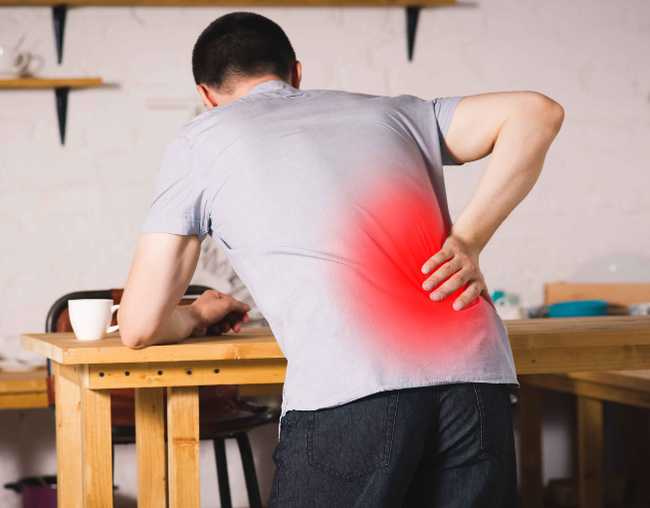
-
Chronic Back Pain, Especially in the Lumbar Spine This is an early but often overlooked sign. Back pain can be caused by vertebral compression fractures, a manifestation of severe osteoporosis. According to the Cleveland Clinic, vertebral compression fractures are the most common cause of back pain in elderly individuals with osteoporosis.
-
Height Loss A height reduction of more than 2cm in one year or more than 4cm compared to your height in youth can be a sign of osteoporosis. Mayo Clinic notes that this phenomenon is often due to the compression of spinal bones over time.
-
Stooped Posture, Hunchback When the spinal vertebrae weaken and collapse, maintaining an upright posture becomes difficult. Patients tend to develop a hunched back, also known as a dowager's hump (kyphosis in medical terms, which is a rounded curve at the base of your neck where it meets the top of your back. You can also think of it as an excessive curvature of the upper spine). This is a late but typical sign of severe osteoporosis.
-
Easy Fractures A slight fall, or even just an awkward twist, can cause a fracture, especially in the wrist, hip, or spine. This is a clear indication that bone density has significantly decreased. According to the National Osteoporosis Foundation (US), approximately half of all women and a quarter of all men over 50 will experience an osteoporosis-related fracture in their lifetime.
-
Brittle, Weak Nails While not a specific sign, brittle, soft nails can be related to the body's mineral loss, including calcium and vitamin D – two key components of bone structure.
When to Get Screened for Osteoporosis
According to the recommendations of the Endocrine Society, individuals in the following groups should undergo annual osteoporosis screenings:
- Women aged 65 or older, or under 65 with risk factors.
- Men aged 70 or older, or with risk factors.
- Individuals with a history of fractures or who are taking bone-loss-inducing medications.
The standard method for measuring bone density is a DEXA scan (dual-energy X-ray absorptiometry).
News in the same category

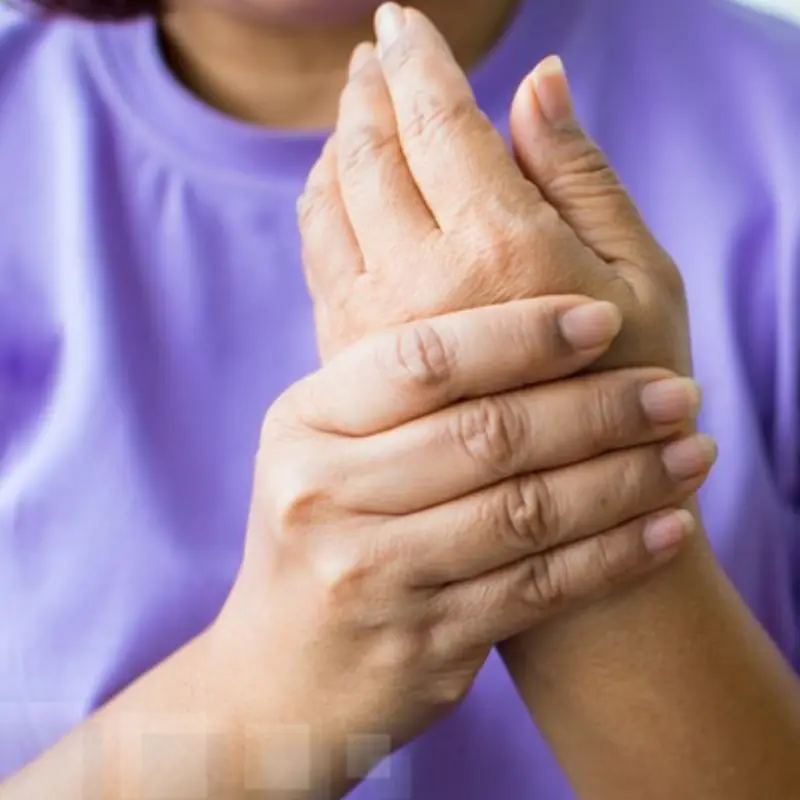
Suddenly Suffering a Stroke After Waking Up, the Woman Regrets a 'Critical' Mistake She Made Six Months Ago
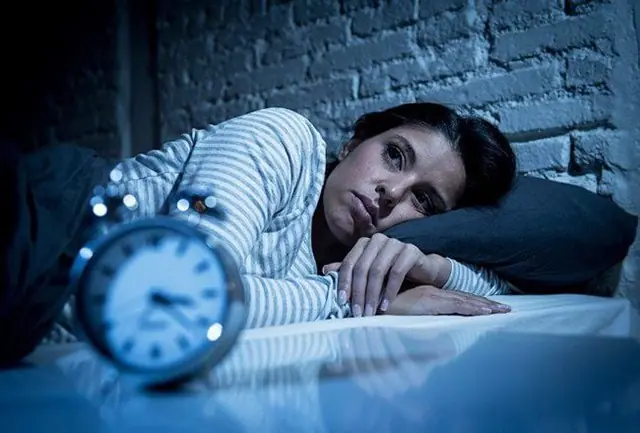
Waking Up at This Hour Every Day May Signal Lu.ng Damage — See a Doctor Immediately if You Also Have These 6 Symptoms

Top foods to absolutely avoid at night if you don't want to affect your health
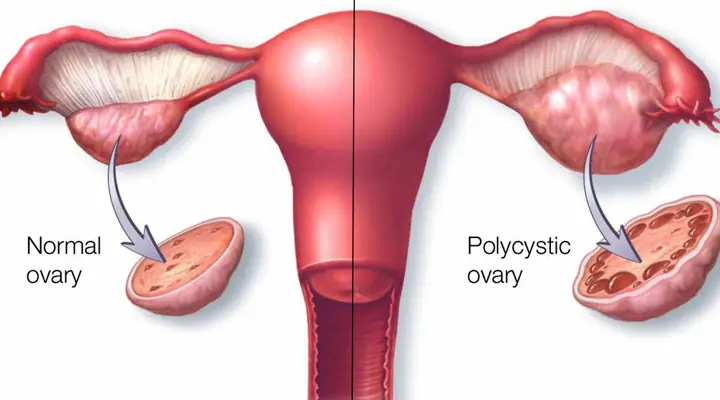
Eat 6 things to help women detoxify their ovaries and prevent gynecological diseases
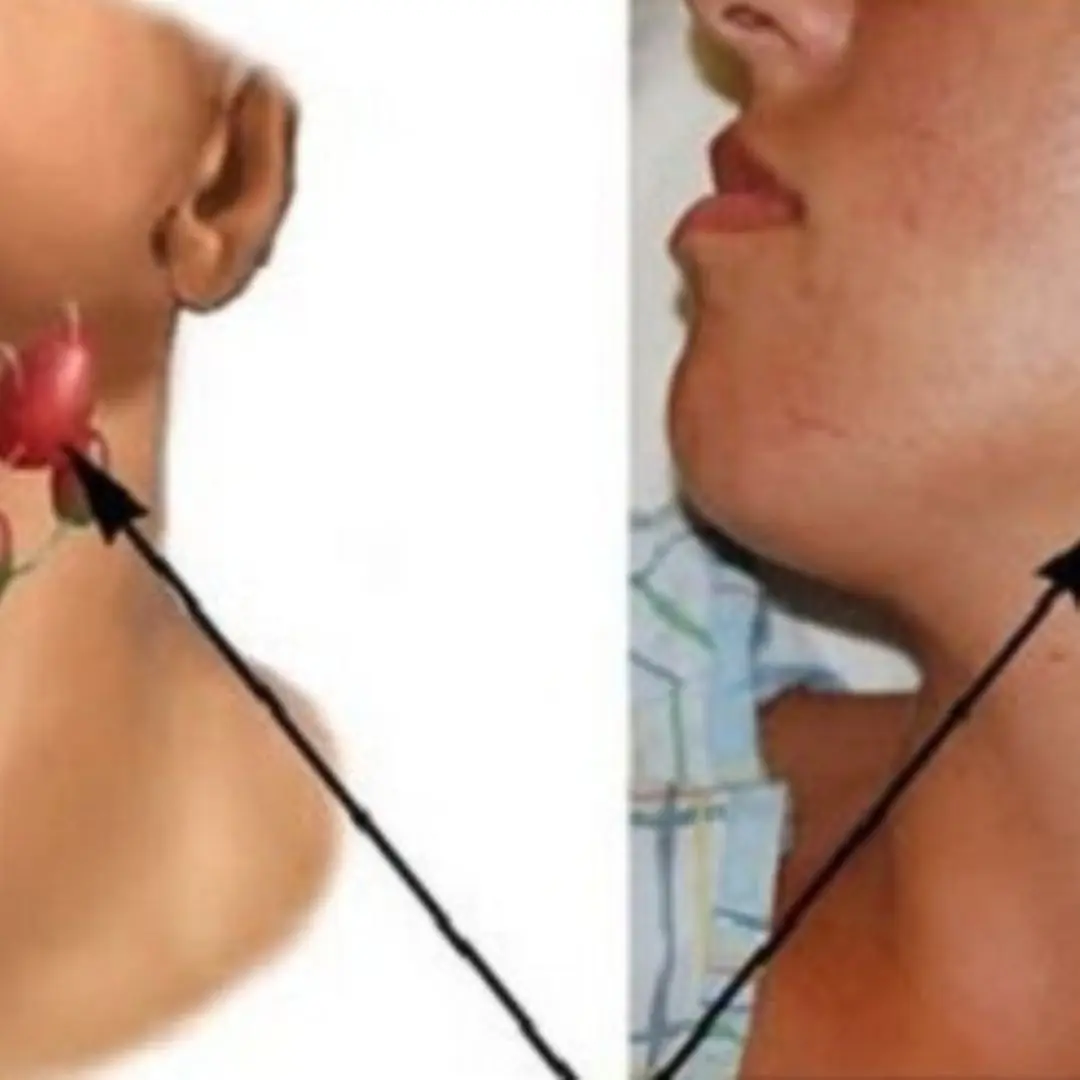
4 warning signs of nasopharyngeal ca.n.c.er that are most easily overlooked
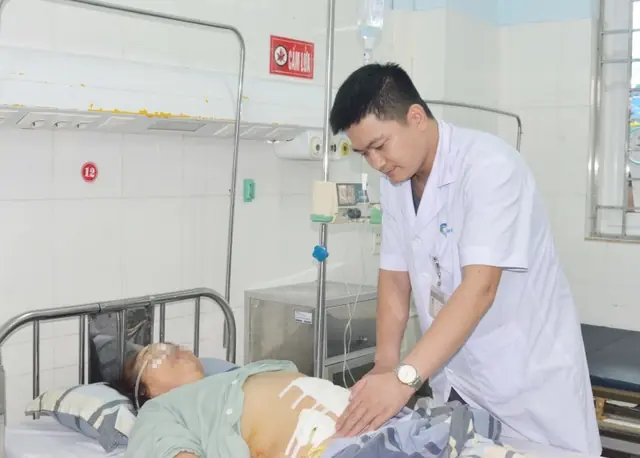
Female patient suffered a perforated small intestine due to a 'lost' thing in her body for 30 years

If you are looking for a natural and safe weight loss juice, this recipe from watermelon, carrots, beets and ginger is worth a try

7 fruits that become health-boosting remedies when steamed

Great effects of broccoli

What happens to your blo.od pressure when you eat bananas every day?
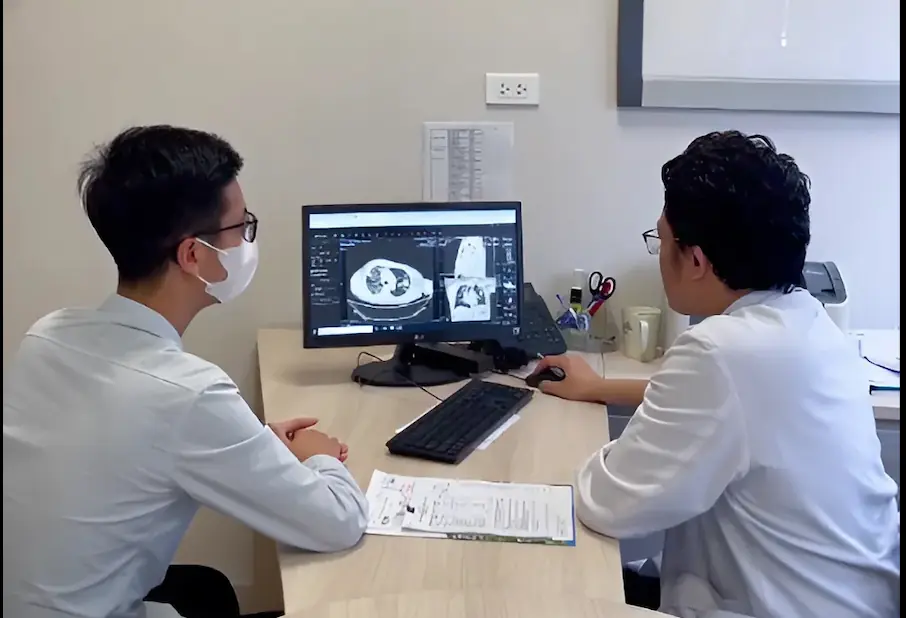
Young people with late-stage can.cer have one thing in common, doctors say "this is a big barrier"

This "strongest anti-can.cer food" is widely available in every market at a cheap price
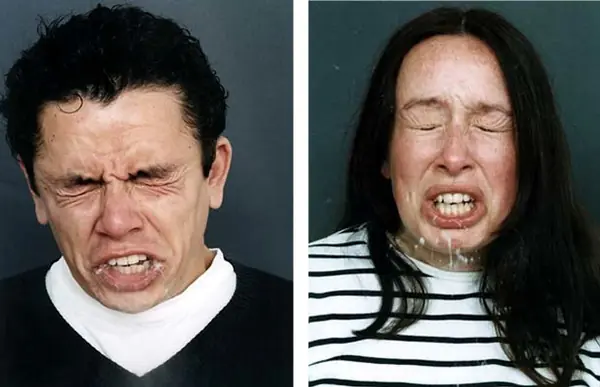
"Dea.dly" mistakes when sneezing that you still do every day - need to fix immediately before it's too late
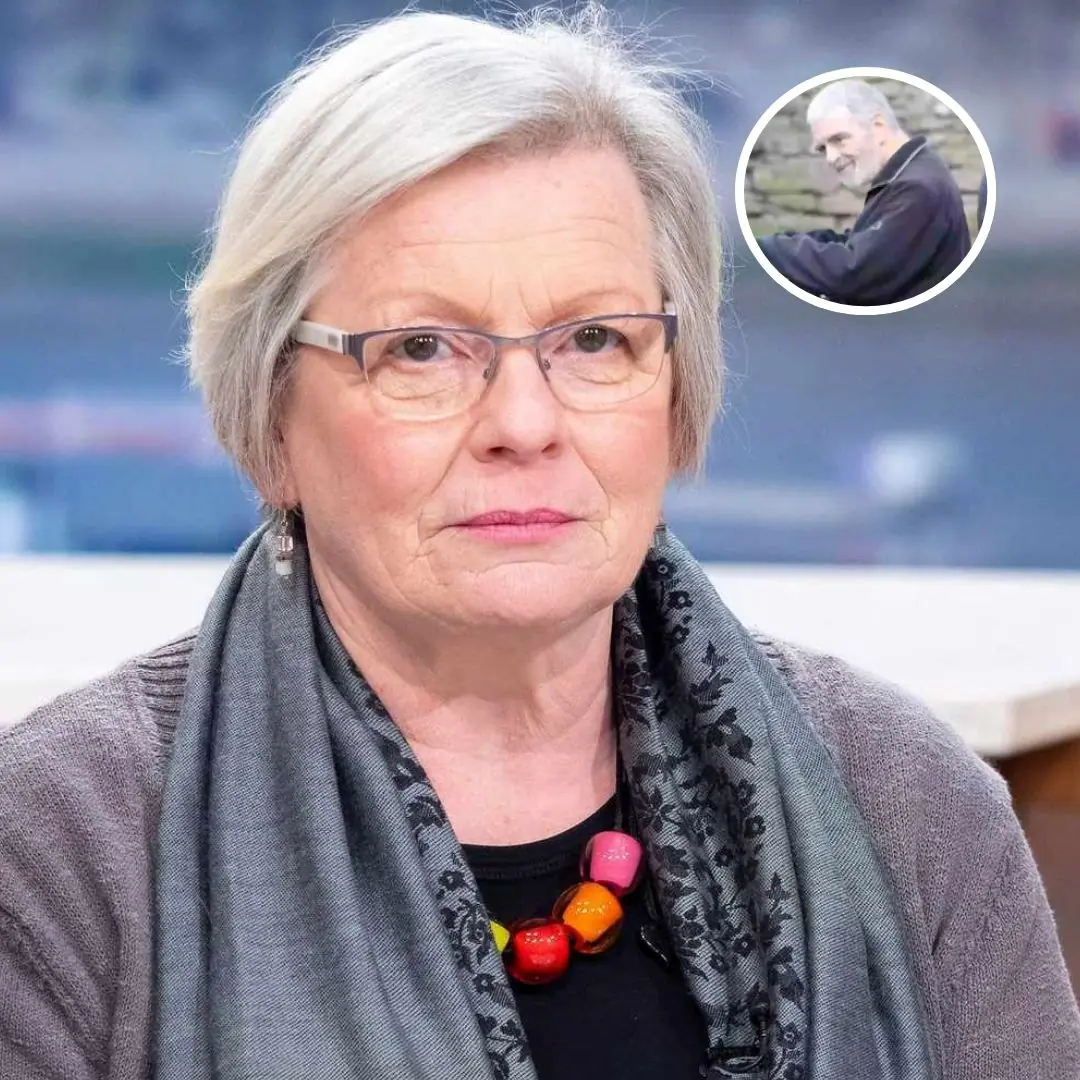
Woman with rare ability detects husband’s i.l.l.ness 12 years early—now aiding scientists in groundbreaking diagnostic research
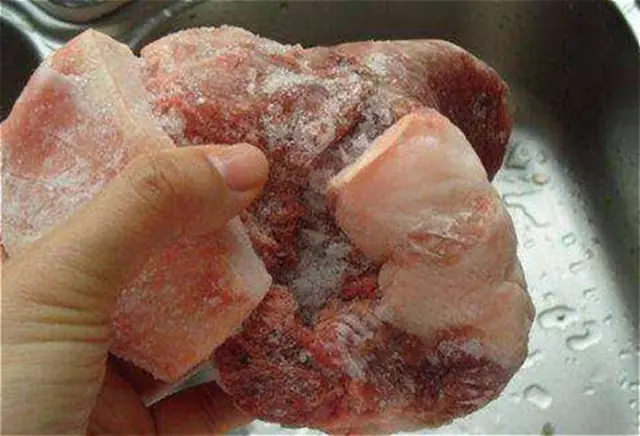
How Long Can Pork Stay in the Freezer Before It’s Unsafe to Eat? Expert Warning: Beyond This Time Limit, It’s Full of Parasites!

Pain in these 3 areas, beware of lung cancer
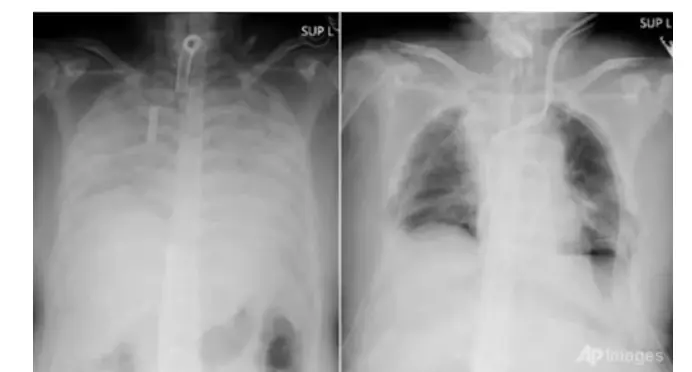
X-rays show many young people have white lungs, what is the cause?

8 best natural ways to “cleanse” your lungs, inexpensive but extremely effective
News Post
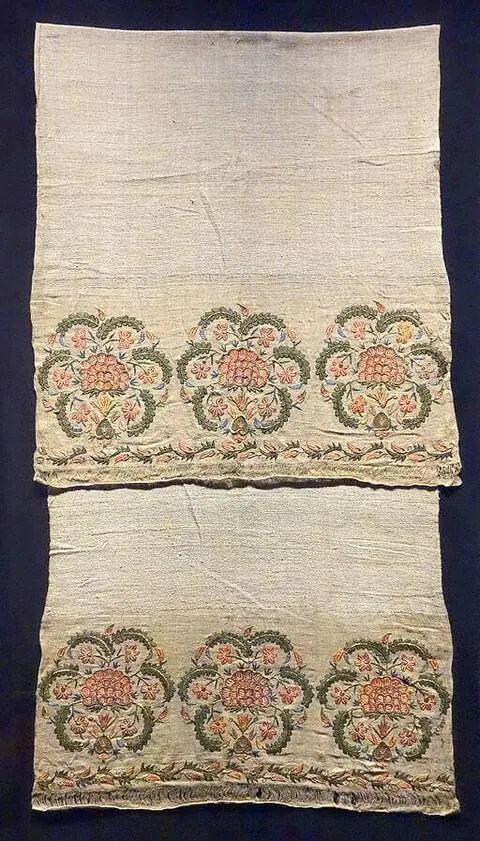
The Gospel According To Joan
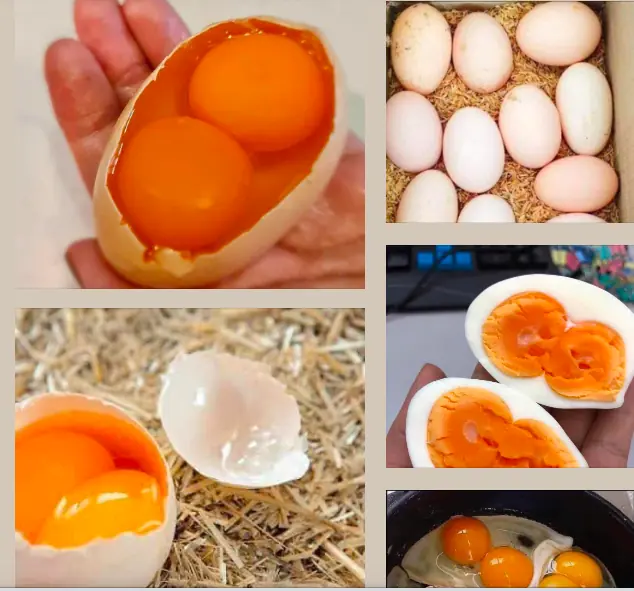
Are These Mutant Eggs Safe to Eat? The Truth About Double Yolks and Rainbow Shells

Growing hydrangeas from cuttings

One Thing Most Stro.ke Victims Have in Common: Are You Living at Risk of Cerebral Infarction?

Suddenly Suffering a Stroke After Waking Up, the Woman Regrets a 'Critical' Mistake She Made Six Months Ago

Eating These 5 Foods for Breakfast Is Like Shortening Your Lifespan — But Many People Still Love Them

5 Foods That Stay Edible for a Whole Month at Room Temperature — But Spoil Quickly in the Fridge!

Waking Up at This Hour Every Day May Signal Lu.ng Damage — See a Doctor Immediately if You Also Have These 6 Symptoms
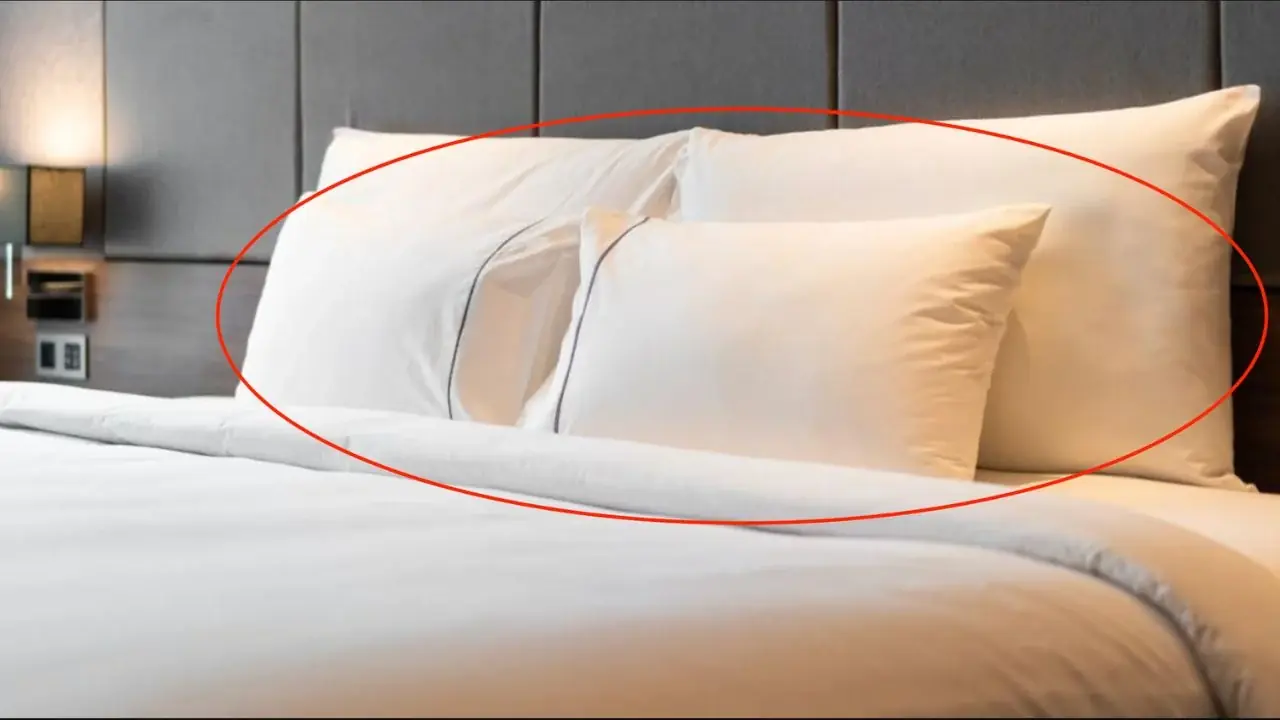
Many doctors recommend using two pillows when sleeping for better sleep health!
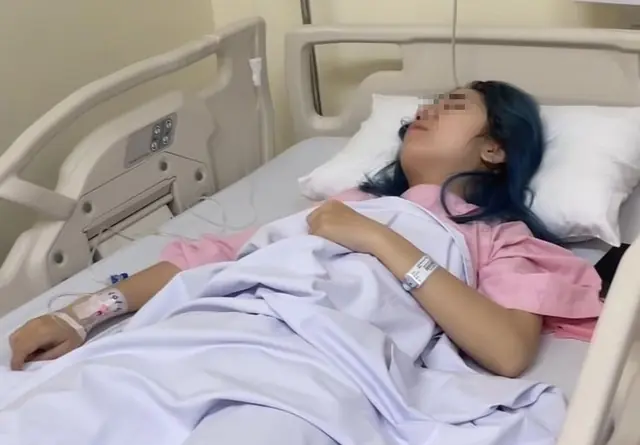
Eat 4 foods on an empty stomach in the morning to help clean the intestines, improve digestion, and prevent canc.er

Putting plastic bags in the refrigerator causes can.cer? After hearing the truth, many people immediately ran to do 1 thing

Top foods to absolutely avoid at night if you don't want to affect your health

Walking around the market, a smart person can immediately see that these 5 types of vegetables are "soaked in chemicals", especially number 4

Eat 6 things to help women detoxify their ovaries and prevent gynecological diseases

4 warning signs of nasopharyngeal ca.n.c.er that are most easily overlooked

Female patient suffered a perforated small intestine due to a 'lost' thing in her body for 30 years

If you are looking for a natural and safe weight loss juice, this recipe from watermelon, carrots, beets and ginger is worth a try

The Peels of These 3 Fruits Are Actually 'Pesticide-Free Vegetables': Cook 3 Delicious Dishes That Also Beautify Your Skin and Aid in Weight Loss
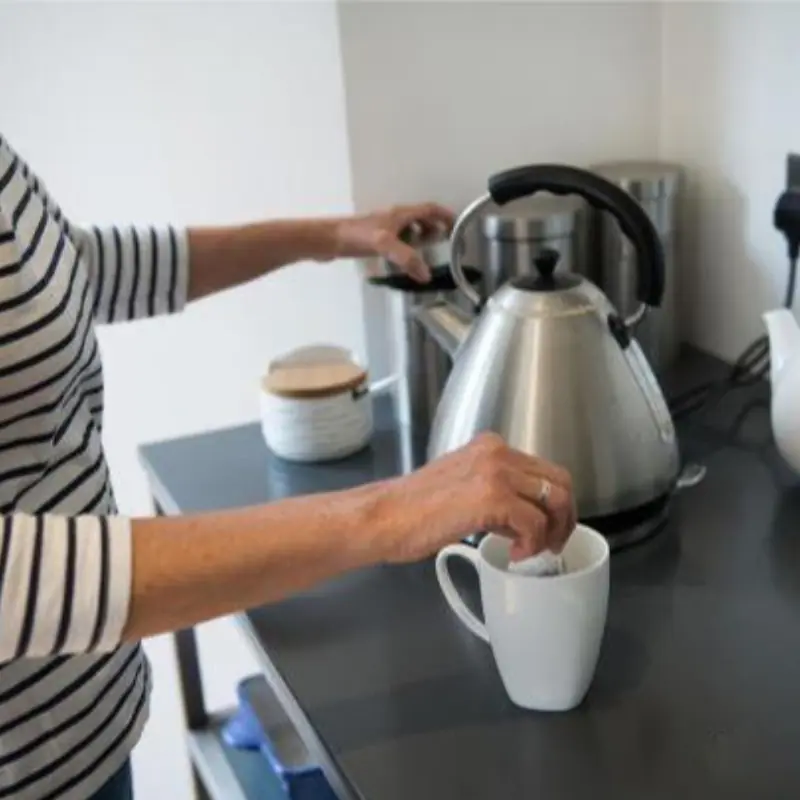
One Person Boils Water, the Whole Family Gets Cancer
